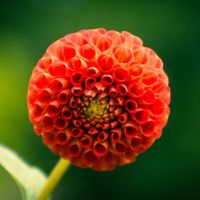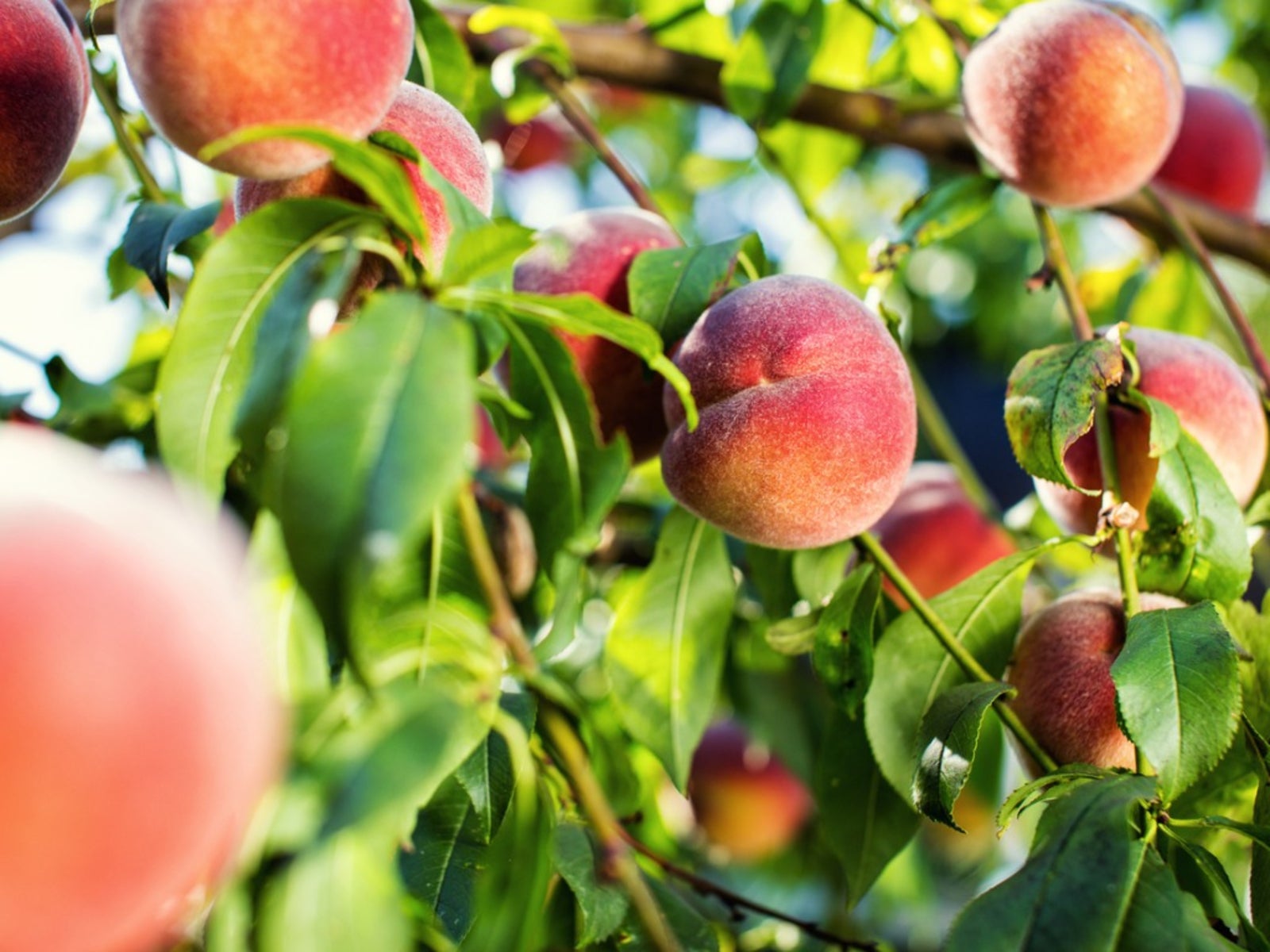Why Do Peach Trees Need Cold And Chilling Requirements Of Peaches


We usually think of peaches as warm climate fruits, but did you know there is a cold requirement for peaches? Have you ever heard of low chill peach trees? How about high chill? Chilling requirements for peaches are an essential part of fruit production, so before you order that tree from the catalog that just came in the mail, you need to ask yourself a question: Why do peach trees need cold and how much cold do they need?
Why Do Peach Trees Need Cold?
Like all deciduous trees, peach trees lose their leaves in the autumn and become dormant, but it doesn't stop there. As winter continues, the trees enter a period called rest. It's a deep dormancy where a short spurt of warm weather won't be enough to "wake" the tree up. The cold requirement for peach trees is dependent on this period of rest. Why do peaches need cold? Without this period of rest, the buds that were set the previous summer can't blossom. If there are no blossoms-- you guessed it, no fruit!
Chilling Requirements of Peaches
Are the chilling requirements of peaches important to you, the home gardener? If you want a peach tree in your garden that gives you more than shade, you're darn tootin' it's important. Among the many varieties, there's a tremendous variation in the cold requirements for peaches. If you want peaches, you need to know what the average peach chill hours are in your area. Whoa, you say. Back up there! What are peach chill hours? They're the minimum number of hours below 45 degrees F. (7 C.) that the tree must endure before it receives its proper rest and can break dormancy. These peach chill hours fall between November 1st and February 15th, although the most important time occurs in December through January. As you've probably guessed, those hours will be different in different areas of the country. Peach chill hours can range from only 50 to 1,000 depending on the cultivar and a loss of even 50 to 100 of those minimum hours can reduce a harvest by 50 percent. A loss of 200 or more can devastate a crop. If you buy a cultivar that requires peach chill hours above what your area can offer, you may never see a single blossom. That's why it's important to know the cold requirements for peach trees before you buy and plant. Your local nursery will carry varieties and cultivars suitable to your area's chilling requirements. For peach trees purchased from a catalog, however, you should do your own research. For those of you who live in warmer climates where peaches are hard to grow, there are cultivars known as low chill peach trees.
Low Chill Peach Trees: Trees with Minimal Peach Chill Hours
Cold requirements for peaches that fall under 500 hours are considered low chill peaches and most are adaptable to areas where nighttime temperatures fall below 45 degrees F. (7 C.) for several weeks and daytime temperatures stay below 60 degrees F. (16 C.). Bonanza, May Pride, Red Baron, and Tropic Snow are good examples of low chill peaches that fall in the 200 to 250 hour range, although there are many others of equal reliability. So, there you go. Next time you're at a party and someone asks, “Why do peach tress need cold?” you'll have the answer; or when you plant your next peach tree, you'll be assured it's suitable for your area. If you're unable to determine the cold requirements for peaches in your area your local Extension Office can help.
Sign up for the Gardening Know How newsletter today and receive a free copy of our e-book "How to Grow Delicious Tomatoes".

Jackie Rhoades began writing for Gardening Know How in 2010.